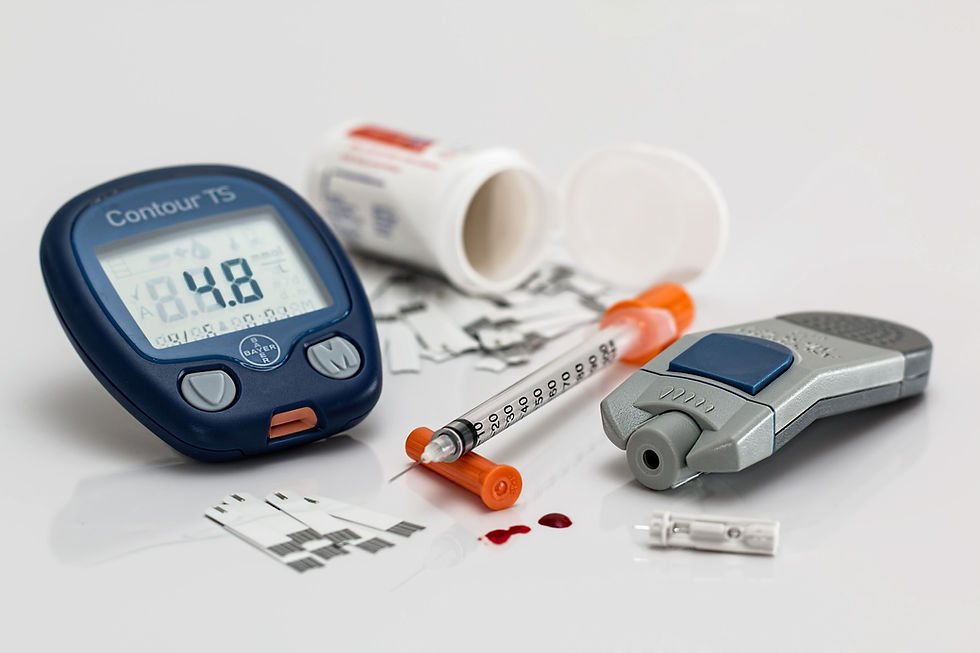
Why is it so important to spread the word that remission of type 2 diabetes is possible?
One prime reason, of course, is the huge, positive impact it could potentially have on the lives of individuals diagnosed with diabetes: reduced or even elimated need for diabetes medications; improved energy, reduced fatigue and symptoms; reduced or eliminated future complications from diabetes, such as cardiovascular diseases, kidney failure, leg amputations, blindness and more.
However, a quick look at the global impact of diabetes makes the convincing case that we must do more to address the enormous and growing burden of diabetes, not only to individuals, but to health care systems and society as a whole around the world.
Doing more to encourage and support more people world-wide to attemp remission could have an astonishing return on investment.
Take a look at some of these recent statistics about diabetes. (The source for each statement is provided in a link.)
Globally, 537 million adults (20-79 years) are living with type 1 or type 2 diabetes. By 2050, more than 1.31 billion people world-wide are projected to have diabetes. (Source)
In 2022 in the US, the total cost of care for people with diagnosed diabetes was $413 billion, equal to 1 in 4 healthcare dollars. The majority of expenses are related to hospitalizations and medications used to treat complications of diabetes. (Source)
Globally, every 20 seconds an amputation occurs in a patient with unhealing diabetic foot ulcers. (Source)
In India, approximately 100,000 legs are amputated each year due to diabetes. (Source)
Type 2 diabetes is rapidly increasing in younger ages. In the US, the prevalence of type 2 diabetes in the 10-to-19-year-olds has doubled in the last 20 years. (Source)
In the US, more than 500,000 people are living with end stage renal disease, the leading cause of which is diabetes. (Source)
Dialysis, renal transplantation and the intensive care for end-stage renal disease cost nearly $34 billion in the US alone in 2015. (Source)
Diabetic retinopathy is the leading cause of blindness worldwide. (Source)
In 2019, diabetic retinopathy affected an estimated 463 million people in the world. The number with diabetic retinopathy is projected to grow to 700 million by 2045. (Source)
It's astonishing, isn't it? All that pain and suffering, cost and burden that could potentially be delayed, reduced, or avoided completely if more people were aware that remission of type 2 diabetes is possible. Spread the word.
Comments